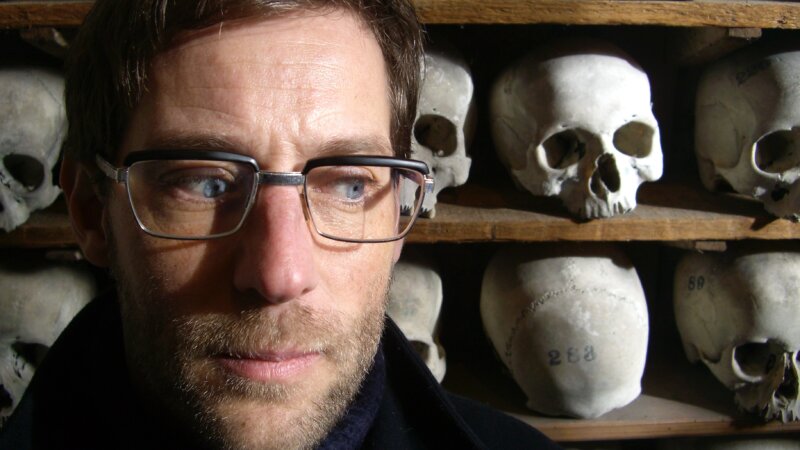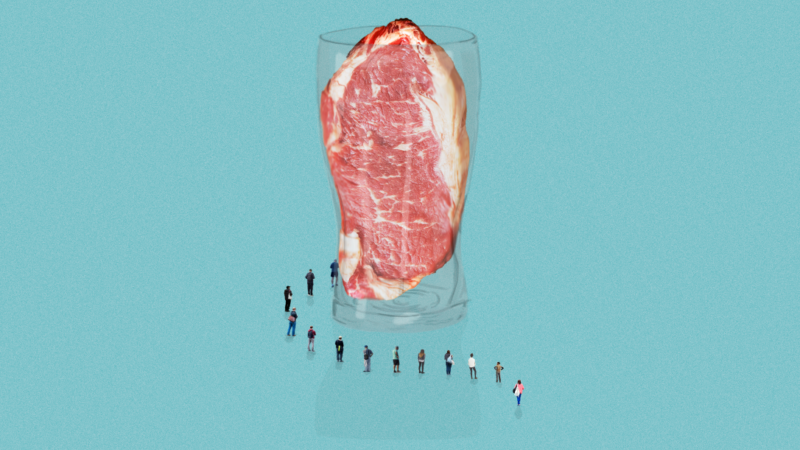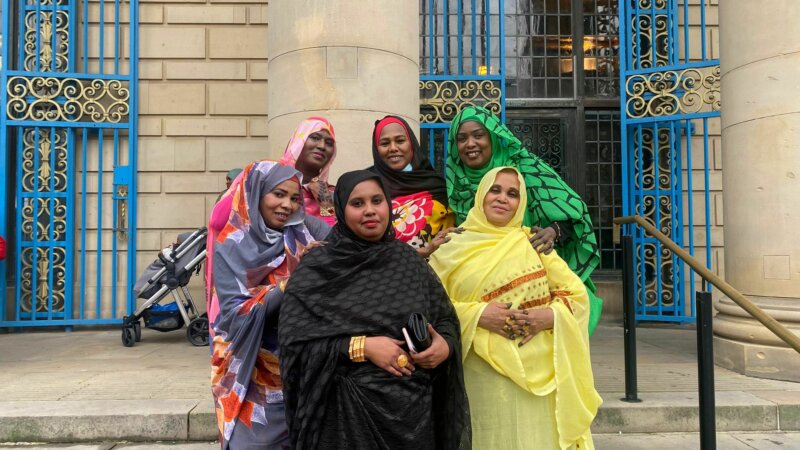Sheffield Design Week : 13-21 June
Leafing through the brochure for Sheffield Design Week 2015, what immediately impresses is the sheer range of artefacts and creative innovations on show in a supposedly deindustrialised part of the North. Up and running for a second year following the success of 2014, the show started with a bang in the setting of the redesigned Park Hill Flats, outdoor music, food stalls and all. A party within a party.
‘Design’ is a term used to convey very different ideas. The utilitarian principle of design as common good for the greatest number is recognisable in designs such as Park Hill, though this hardly seems compatible with fashion items that rely on ‘designer’ label status. Both sides of the argument were on view throughout Sheffield Design Week, with the opening event featuring upmarket clothing and furniture rubbing shoulders with up-cycled or recycled items, including baked bean cans and cheese grater lamp shades on the one hand, and a 3D printer lash-up with a Raspberry Pi camera and computer on the other.
The idea for the week-long event was conceived by Made North, who saw the potential of a platform for Sheffield designers. Design Week 2015 grew out of confidence gained from 2014, with representation from new areas such as dance and ignored aspects of design, such as road signage. A less expected outcome this year arose from the Modernist Guide to Sheffield event, which became a talking point in the travel section of both The Daily Telegraph and The Sunday Times. Monocle Magazine also featured Sheffield Design Week on their internationally focused Section D show.
Talking over the 30 or so events with organiser Patrick Murphy at his Made North base, Yorkshire Artspace on Brown Street, I asked which events stood out and how this year’s show compared with 2014. His reply took in a vision for Sheffield Design Week 2016, revealing how the week has become a narrative in which Sheffield as a city is central.
But why Sheffield? A quick search highlights London as the epicentre of design events in the UK. On a wider scale, excluding single day events, there is little between Clerkenwell in London and Moscow in one direction and Boston in the other to compare with the week-long Sheffield extravaganza. Reading between the lines, it seems the wealth of expertise working with diverse materials, plus good networking opportunities, singles out Sheffield. Our city has few competitors with a comparable historical and cultural background, at which point we might mention Sheffield’s tradition of 'little mesters'. This leitmotif is perhaps best expressed in the 2014 brochure for Sheffield Design Week: "Instead of each city looking the same, we want to celebrate difference…"
According to Patrick, one crucial aspect of the success of Design Week lies in the fact that it is driven by Sheffield designers themselves. Ownership of the outcome is surely a hard formula to beat. The judgement prized above all by Patrick was a throwaway comment from a visitor, who commented in surprise, “I never realised design could do that.”
Through Design Week, Sheffield gets a marketplace for ideas, a vision for the future, positive media exposure and, for the opening party at least, significant footfall in a largely overlooked part of the city, with 30% of visitors coming from outside. Most of all, Sheffield demonstrates to itself and the outside world that it has a viable, significant and arguably unique design base.
facebook.com/sheffielddesignweek )







